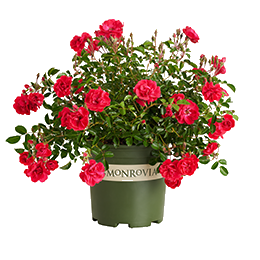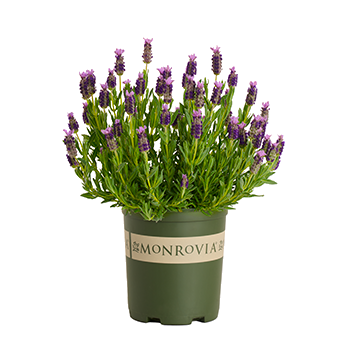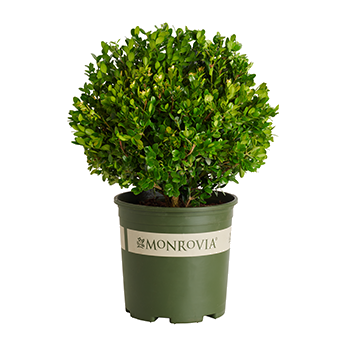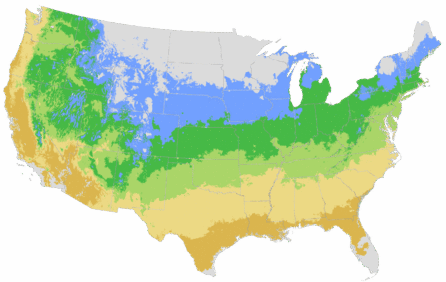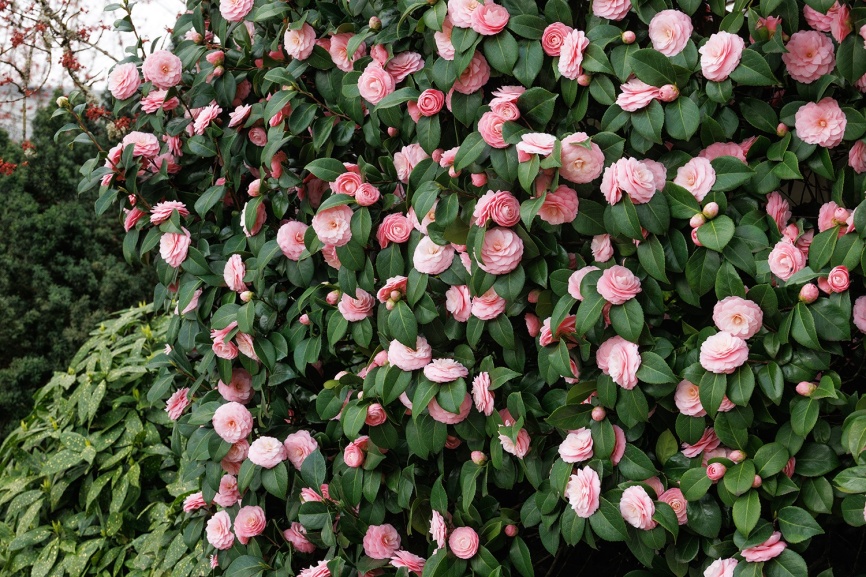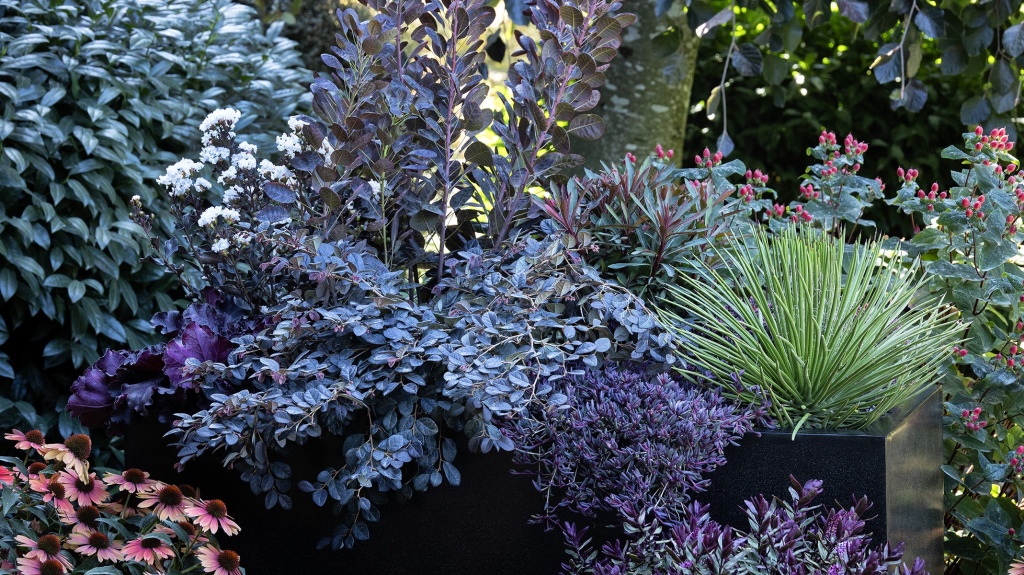You're growing in this Zip Code:
Change LocationDiscover Plants for Your Area
"Thornless" Boysenberry
Rubus ursinus x ideaus 'Thornless'
Retailers Near You
| Description | A prolific producer of sweet-tart, large, reddish black fruit in midsummer on second year growth. Small white flowers precede the fruit in spring. Unfortunately, despite it's given name, it is not truly thornless, but the size and number of thorns is less than the thorny variety. Thorny canes may emerge from the ground, depending on conditions. The fruit can be eaten fresh, cooked, or frozen. Deciduous. |
|---|---|
| Bloom Time | Spring |
| Deciduous/Evergreen | Deciduous |
| Special Features | Showy Fruit, Edible, Fast Growing, Benefits Birds |
| Growth Rate | Fast |
| Landscape Use | Border |
| Design Ideas | Plant this tasty berry near a fence, wall or wherever you can provide plenty of support and room for its fruit-laden, nearly thornless canes. Grow as a freestanding shrub in a large garden bed and stake canes. This berry is an excellent addition to the fruit and kitchen garden. |
| Flower Color | White |
| Foliage Color | Green |
| Companion Plants | Salvia (Salvia); Rosemary (Rosmarinus); Yarrow (Achillea); Russian Sage (Perovskia); Lavender (Lavandula) |
| Care Instructions | Provide fertile, mildly acidic, well-drained soil. In hot summer regions, shelter from harsh sun, and mulch to keep roots cool. Water deeply, regularly in first growing season to establish extensive root system. Feed in early spring. After harvest, remove canes that have fruited. Leave newer canes to produce next season's crop; train on a trellis. |
| History | The genus Rubus includes many different plants collectively known as "brambles" because they share viney growth and wickedly sharp thorns. This species is native to California and Oregon, named from the Latin for bear, the local wildlife that fed most heavily on the fruit. This nearly thornless form was developed in California from the 1923 cultivar, 'Boysen'. |
| Lore | The name blackberry is a misnomer because this isn't a true berry. It's a drupe, an entirely different sort of fruit. |
| Description | A prolific producer of sweet-tart, large, reddish black fruit in midsummer on second year growth. Small white flowers precede the fruit in spring. Unfortunately, despite it's given name, it is not truly thornless, but the size and number of thorns is less than the thorny variety. Thorny canes may emerge from the ground, depending on conditions. The fruit can be eaten fresh, cooked, or frozen. Deciduous. |
|---|---|
| Bloom Time | Spring |
| Deciduous/Evergreen | Deciduous |
| Special Features | Showy Fruit, Edible, Fast Growing, Benefits Birds |
| Growth Rate | Fast |
| Landscape Use | Border |
|---|---|
| Design Ideas | Plant this tasty berry near a fence, wall or wherever you can provide plenty of support and room for its fruit-laden, nearly thornless canes. Grow as a freestanding shrub in a large garden bed and stake canes. This berry is an excellent addition to the fruit and kitchen garden. |
| Flower Color | White |
| Foliage Color | Green |
| Companion Plants | Salvia (Salvia); Rosemary (Rosmarinus); Yarrow (Achillea); Russian Sage (Perovskia); Lavender (Lavandula) |
| Care Instructions | Provide fertile, mildly acidic, well-drained soil. In hot summer regions, shelter from harsh sun, and mulch to keep roots cool. Water deeply, regularly in first growing season to establish extensive root system. Feed in early spring. After harvest, remove canes that have fruited. Leave newer canes to produce next season's crop; train on a trellis. |
|---|
| History | The genus Rubus includes many different plants collectively known as "brambles" because they share viney growth and wickedly sharp thorns. This species is native to California and Oregon, named from the Latin for bear, the local wildlife that fed most heavily on the fruit. This nearly thornless form was developed in California from the 1923 cultivar, 'Boysen'. |
|---|---|
| Lore | The name blackberry is a misnomer because this isn't a true berry. It's a drupe, an entirely different sort of fruit. |
Retailers Near You
About Us
We have been pioneers and craftsmen in the art of growing plants for nearly
100 years. Since our founding in Southern California by Harry E. Rosedale, Sr.
in 1926, we have been absolutely dedicated and obsessed with quality.
We have been pioneers and craftsmen in the art of growing plants for nearly 100 years. Since our founding in Southern California by Harry E. Rosedale, Sr. in 1926, we have been absolutely dedicated and obsessed with quality.
